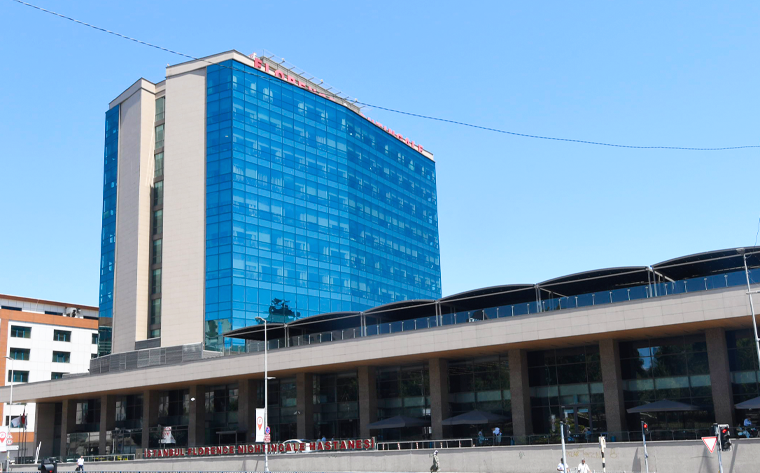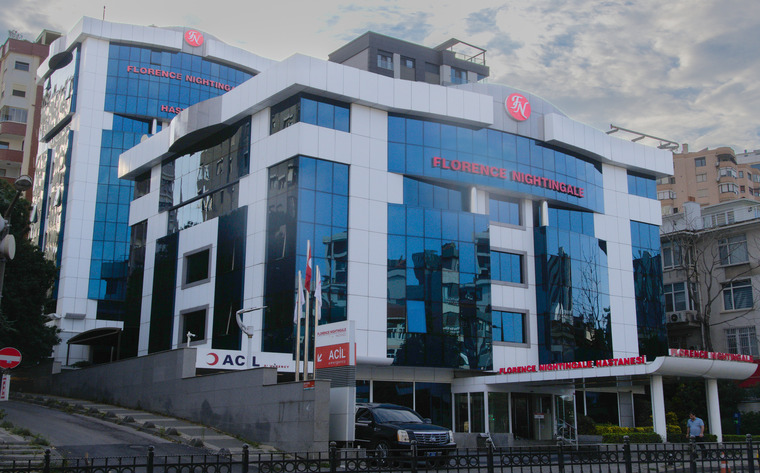
What is Pediatric Surgery and What Diseases Does It Cover?
Pediatric surgery is a specialized branch of medicine that deals with the diagnosis, treatment, and management of diseases requiring surgical intervention in children from infancy to adolescence. Surgical interventions in this field require specialized approaches according to the child's age, physical development, and special needs. Procedures frequently performed in pediatric surgery include minimally invasive techniques such as appendectomy, fundoplication, and hydrocele repair. Appendectomy involves the removal of the appendix through three small incisions, while fundoplication is a procedure in which the stomach is wrapped around the esophagus to prevent stomach contents from leaking into the esophagus. Pediatric surgery also plays an important role in the repair of congenital anomalies, trauma surgery, and the management of chronic diseases.
About Pediatric Surgery
Pediatric surgery involves not only the application of surgical techniques, but also a sensitive approach to the physical and emotional needs of children. Doctors who specialize in this branch of surgery perform surgical interventions that take into account the anatomical differences and growth process of children. For example, some surgical procedures, such as gastroschisis repair, are performed immediately after birth and involve the repositioning of the baby's abdominal organs into the abdomen. Pediatric surgery is also critical in the surgical treatment of childhood cancers and other serious conditions.
Who is a Pediatric Surgery Specialist and What Are Their Duties?
A pediatric surgeon is a doctor who specializes in planning and performing surgical interventions on pediatric patients. These specialists treat a wide range of conditions, from congenital anomalies to gastrointestinal diseases, urological problems, and trauma. For example, minimally invasive techniques such as pyloromyotomy are used to treat a thickening of the muscle at the outlet of the stomach. The duties of pediatric surgeons include diagnosing diseases, planning surgeries, performing surgical interventions, and postoperative care. They are also responsible for procedures such as central venous ports and catheters for children who require long-term intravenous therapy.
What Diseases Does Pediatric Surgery Cover?
Pediatric surgery covers a wide spectrum of diseases. This surgical branch specializes in many areas, from the correction of congenital anomalies to trauma surgery, from oncological surgery to minimally invasive surgical techniques. For example, a procedure such as gallbladder removal (cholecystectomy) can be performed due to gallstones or infections, while splenectomy can be performed in the treatment of splenic diseases. In addition, minimally invasive techniques such as thoracoscopic lung resection and thoracoscopic pneumothorax treatment are also frequently used in pediatric surgery. These methods are preferred in order to accelerate the recovery process of children after surgery and to reduce complications.
What are Pediatric Surgery Examinations?
Pediatric surgery examinations are shaped according to the patient's age, general health status, and the type of disease requiring surgical intervention. During the examination, the patient's medical history is first evaluated and then a detailed physical examination is performed. During this process, procedures such as lymph node biopsy can be applied to diagnose the disease and determine its spread. In addition, imaging techniques such as esophagoscopy are used when necessary to detect disorders in areas such as the esophagus and trachea. During this process, surgeons determine the most appropriate surgical intervention method by taking into account the patient's general condition and growth stage.
What Methods Are Used in Pediatric Surgery Treatments?
In pediatric surgical treatments, various surgical methods are applied depending on the severity of the disease and the patient's condition. Minimally invasive surgical techniques are among the methods especially preferred in pediatric surgery. For example, techniques such as thoracoscopic lung resection and thoracoscopic sympathectomy are procedures performed with small incisions and accelerate the patient's recovery process. Traditional open surgical methods are preferred when more complex and extensive surgical interventions are required. Smaller surgical interventions such as frenectomy can be performed under local anesthesia and can significantly improve the patient's quality of life.
What is Done During a Pediatric Surgery Examination?
During a pediatric surgery examination, various procedures are performed, taking into account the child's health status and the characteristics of the disease requiring surgical intervention. During the examination, the surgeon evaluates the symptoms of the disease and the need for surgical intervention. When necessary, imaging techniques, laboratory tests and biopsies may be performed to confirm the diagnosis. For example, imaging techniques such as ultrasound may be used to fully understand the disease before a procedure such as hydrocele repair. During the examination, special care is taken to alleviate the child's and family's concerns and to make the process as comfortable and stress-free as possible.





